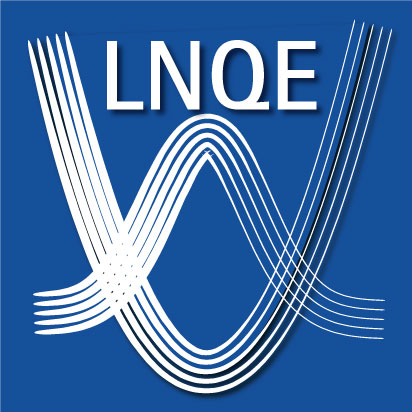Spectroscopic studies of near-infrared emitting nanoparticles and their assemblies
| Leitung: | Prof. Dr. Nadja Bigall, LUH, Institute of Physical Chemistry and Electrochemistry |
| Team: | Denis Pluta |
| Jahr: | 2020 |
In this project nanoparticles are synthesized, that exhibit photoluminescent properties in the near infrared and subsequently converted to three dimensional networks, also known as nanoparticle gels.
These nanoparticle assemblies have been synthesized for a number of different particle and material types, ranging from semiconductor to metal and metal oxide nanoparticles. The advantages of these structures are high surface area, high porosity and the ability to retain nanoscopic properties as a macroscopic material.
One interesting topic in terms of nanoscopic properties is the tunable photoluminescence based on the quantum size effect of semiconductor nanoparticles. With decreasing particle size, the electronic structure changes from a continuous band to quantified energy states, resulting in the increase of the band gap and therefore the shift of the Emission to smaller wavelength. As these properties are generally retained for the three-dimensional assemblies more options for the manipulation and optimization of the photoluminescence properties arise. For example, it was shown, that the connection of the particles in the network can lead to a delocalization of the charge carriers, manifesting itself in the increase of photoluminescence lifetimes.
Narrow bandgap nanoscopic materials have gained growing scientific interest, due to their possible applications in technologies such as solar cells, infrared optoelectronics, microelectronics and sensors. The development of such technologies, as well as the needed materials and the investigation of relevant chemical and physical phenomena is integral for the growing digitalization of our daily lives.
The catalogue of synthetically available nanoparticle gels does not contain NIR emissive networks so far, which will be tackled with this project. To achieve this goal, different gelation methods will be adapted and optimized, leading to different network structures and inter particle connections. The resulting gels will be characterized with a focus on their optical properties, using absorption and emission spectroscopy as well as fluorescent lifetime measurements.






